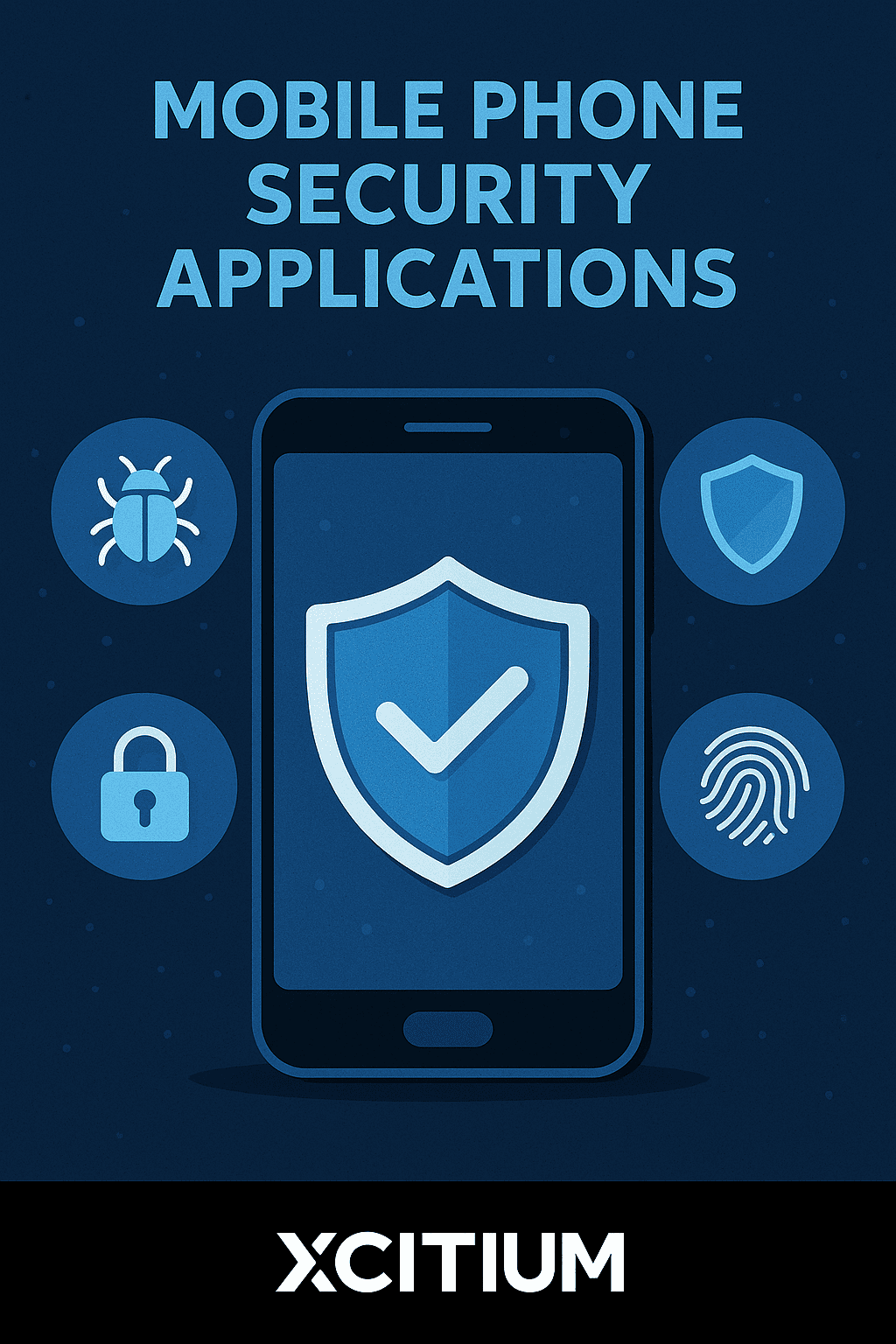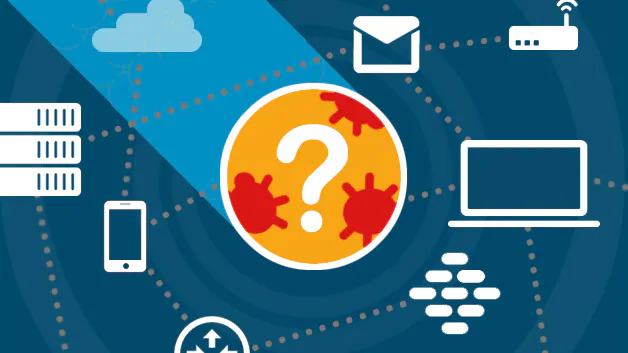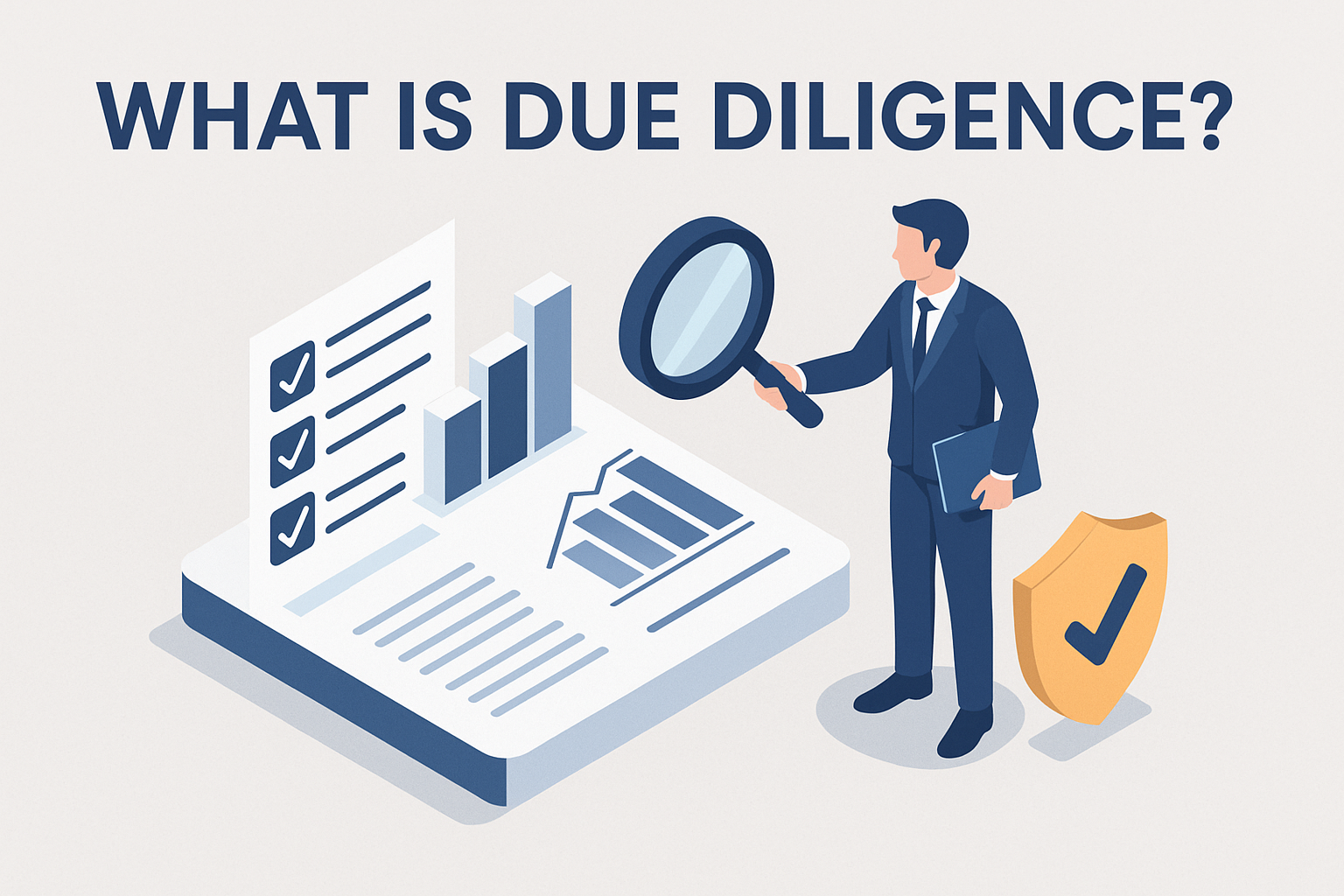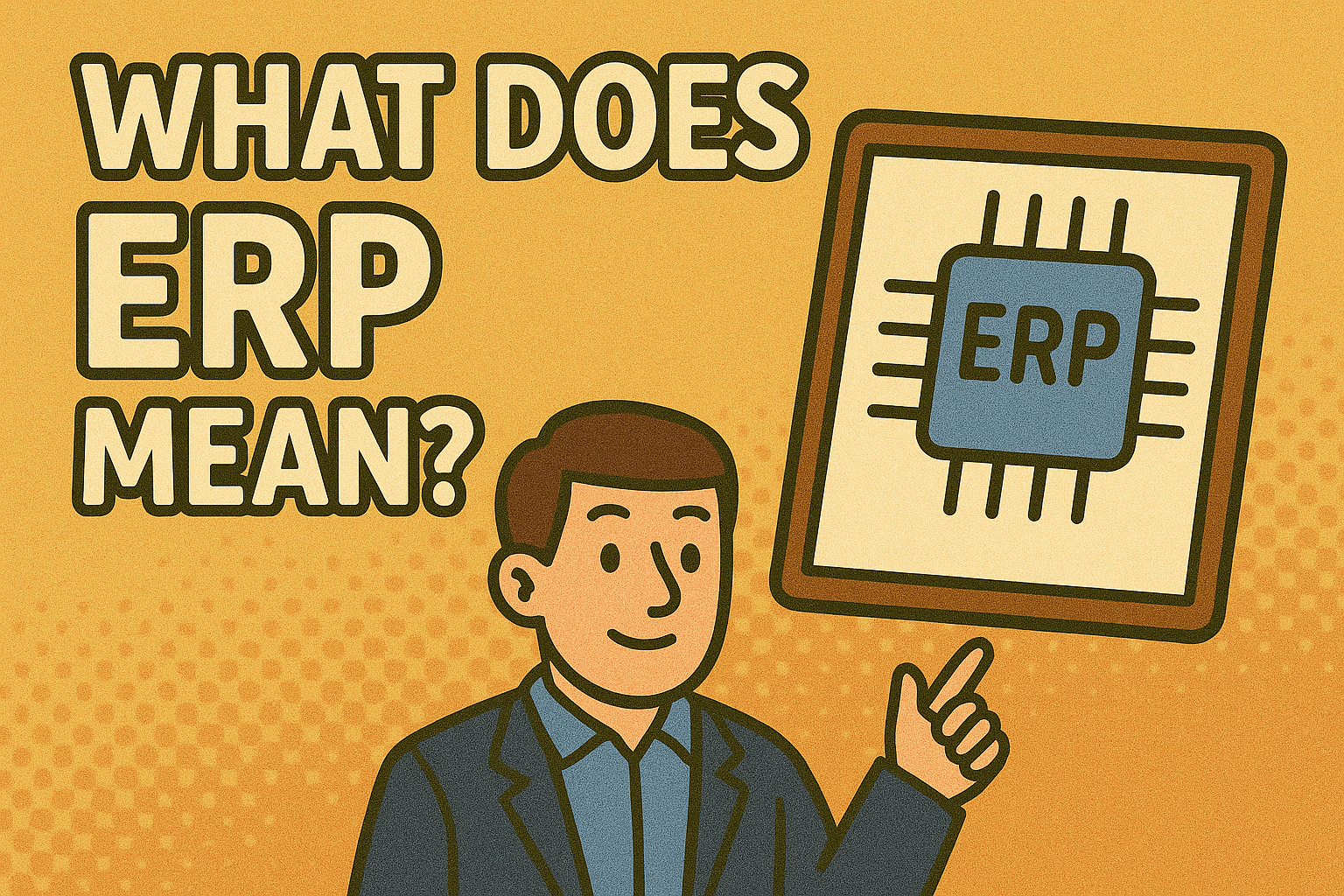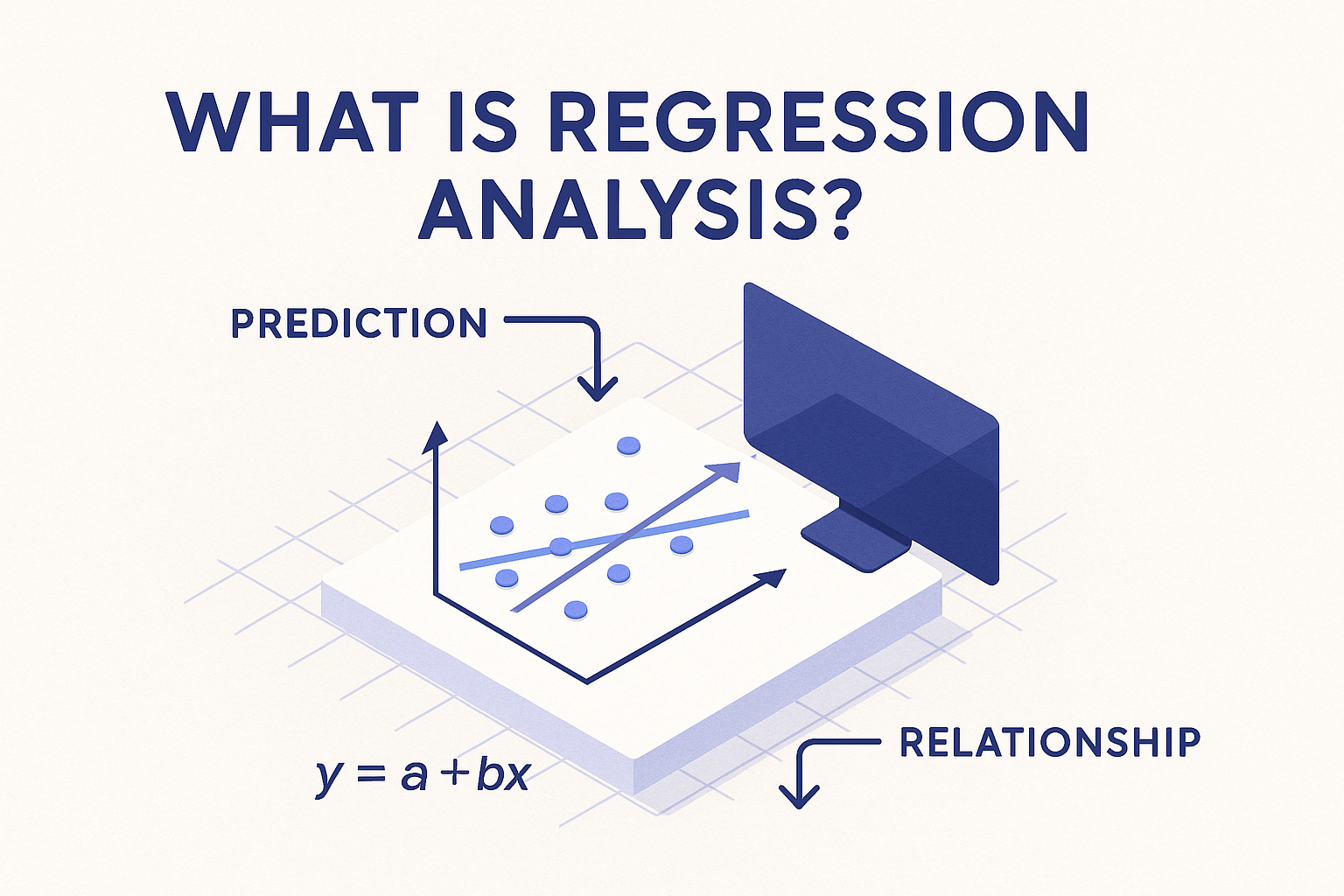What Is SAS Software? Your Guide to Analytics, Security & Scalability
Updated on June 25, 2025, by Xcitium
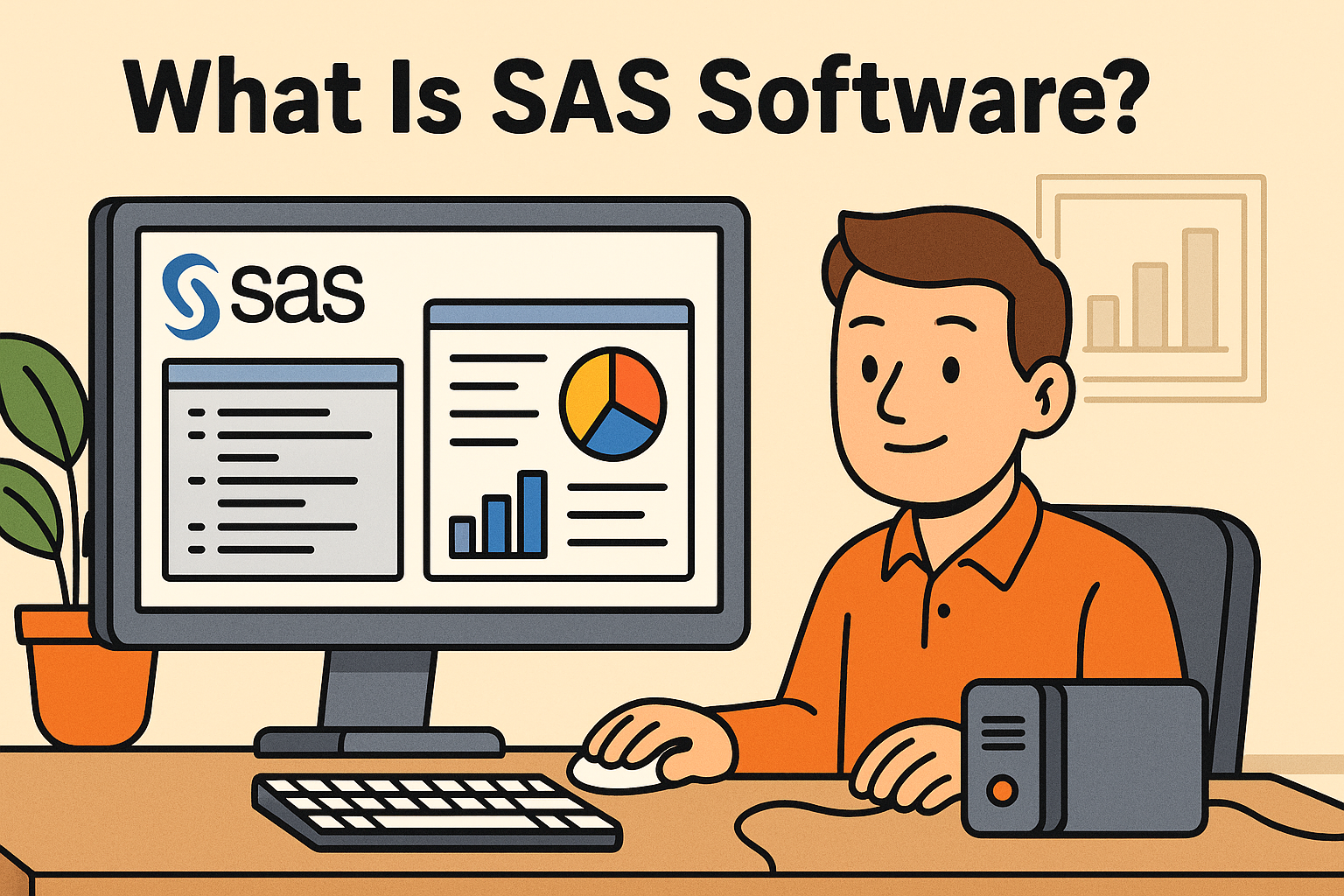
If you’re in cybersecurity, data science, or enterprise IT, chances are you’ve heard of SAS. But what is SAS software exactly, and how does it power decision-making and analytics across industries?
From risk analysis in finance to real-time threat detection in cybersecurity, SAS software plays a major role in helping organizations convert data into strategic action. In this guide, we’ll explore what SAS software is, how it works, and why it might be the powerhouse your company is missing.
What Is SAS Software?
SAS software, developed by the SAS Institute (Statistical Analysis System), is a powerful suite of analytics tools designed to manage, analyze, and visualize vast amounts of data.
SAS Software Definition:
SAS software is an integrated system of software solutions that enables users to perform data mining, advanced analytics, business intelligence, and predictive modeling.
SAS helps businesses not just collect data, but understand it in real-time, leading to smarter, faster decisions.
A Brief Look at the SAS Software Company
Founded in 1976, the SAS software company is headquartered in Cary, North Carolina. It has become one of the largest independent software vendors globally, with over 80,000 customer sites in 145+ countries.
SAS is known for:
- Long-term partnerships with financial, government, and healthcare sectors
- Early adoption of AI and machine learning
- Robust support for data privacy and cybersecurity best practices
Key SAS Software Products
The SAS ecosystem consists of several products tailored for data professionals, IT managers, and business analysts.
Popular SAS Software Products:
- SAS Base: Core data manipulation and analysis tool
- SAS Enterprise Guide: GUI-based analytics platform
- SAS Visual Analytics: Advanced data visualization
- SAS Data Management: Cleansing and ETL tools
- SAS Viya: Cloud-native platform for AI and ML
- SAS Fraud Management: Real-time fraud detection for financial institutions
These tools are often used in tandem to streamline data operations across departments and industries.
What Is SAS Programming Software?
At its core, SAS programming software is built around a proprietary language that allows users to write programs for:
- Data cleaning and transformation
- Predictive modeling
- Reporting and visual dashboards
SAS Software Download & Setup
Getting started with SAS can be done through a few official channels:
SAS Software Download Options:
- SAS OnDemand for Academics (Free for students and educators)
- SAS Viya on Azure or AWS (Scalable and cloud-native)
- Enterprise Installation via SAS.com (Contact sales for enterprise deployment)
💡 Note: For testing and learning, SAS University Edition was a popular free option but is now replaced by SAS OnDemand for Academics.
WiFi, Cloud & Cybersecurity: SAS in the Modern IT Stack
For professionals in cybersecurity and online security, SAS integrates well into secure IT environments.
Use Cases:
- Analyzing network logs to detect anomalies
- Using predictive analytics to prevent breaches
- Tracking compliance and regulatory data
- Modeling risk across complex, distributed infrastructures
Thanks to SAS Viya, you can now run SAS securely on cloud-native stacks, integrated with platforms like Kubernetes, Microsoft Azure, and AWS.
Advantages of Using SAS Software
Still wondering if SAS is the right solution for your organization? Consider these benefits:
🔍 Key Benefits:
- Scalable analytics on big data
- Industry-leading accuracy in predictive modeling
- Built-in governance and security compliance
- Flexible deployment: on-prem, cloud, or hybrid
- Rich data visualization and business reporting
Best Practices for Maximizing SAS in Business
To get the most from SAS:
- Train staff on SAS programming basics
- Use SAS Visual Analytics for non-technical teams
- Leverage SAS Viya for cloud integration
- Run regular updates to maintain software and security standards
- Integrate with R, Python, and open-source tools for hybrid workflows
Conclusion: Why SAS Still Reigns in the Data World
So, what is SAS software in 2025? It’s a mission-critical platform powering secure, data-driven decisions across industries. Whether you’re managing risk, forecasting growth, or detecting fraud, SAS has the depth, flexibility, and security you need.
Call to Action
🔐 Want to learn how SAS integrates with your cybersecurity stack?
👉 Request a demo from Xcitium to see how our secure-by-design platforms complement analytics tools like SAS to protect every endpoint and cloud interaction.
FAQ: Common Questions About SAS Software
1. What does SAS stand for?
SAS stands for Statistical Analysis System—a suite of analytics software used globally.
2. Is SAS software free?
Not entirely. While there are free versions like SAS OnDemand for Academics, full enterprise versions require licensing.
3. What is SAS Viya?
SAS Viya is a cloud-native version of SAS that offers scalable AI and ML tools with improved deployment flexibility.
4. Is SAS programming hard to learn?
It has a learning curve, but it’s easier for users familiar with SQL or R. Plenty of online tutorials and official certifications are available.
5. Can SAS software be used for cybersecurity?
Yes. SAS is widely used in cybersecurity for anomaly detection, fraud prevention, and compliance analytics.




